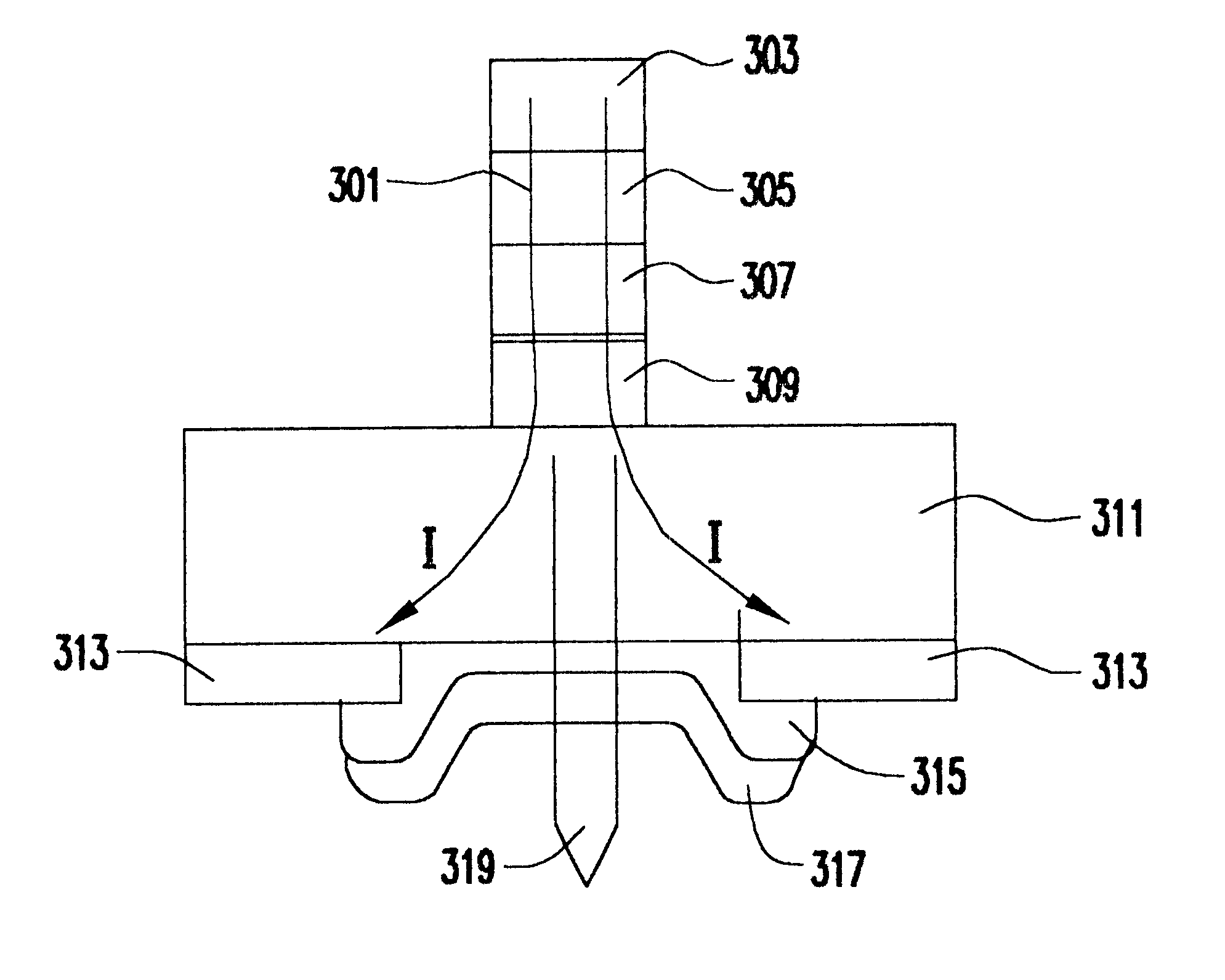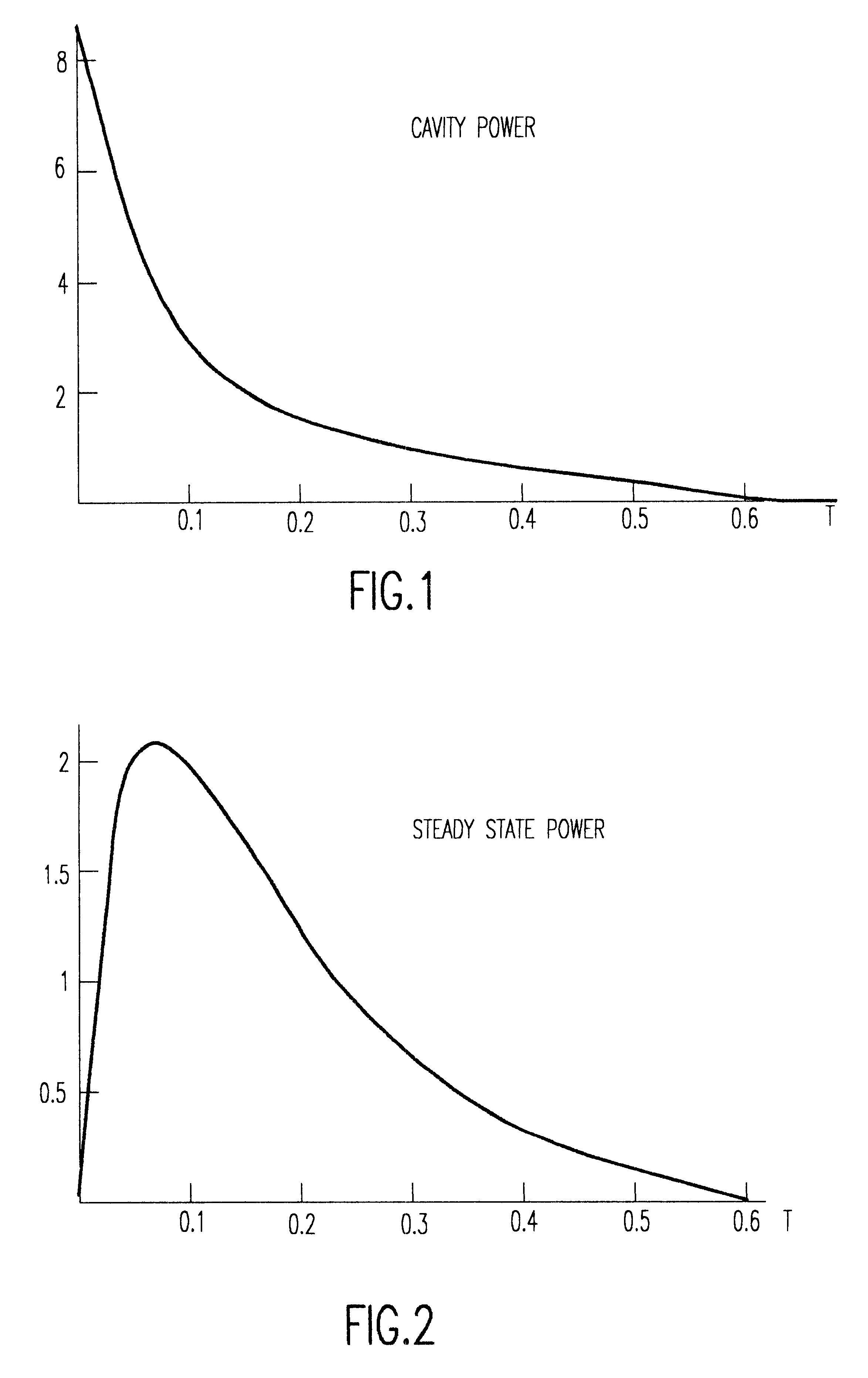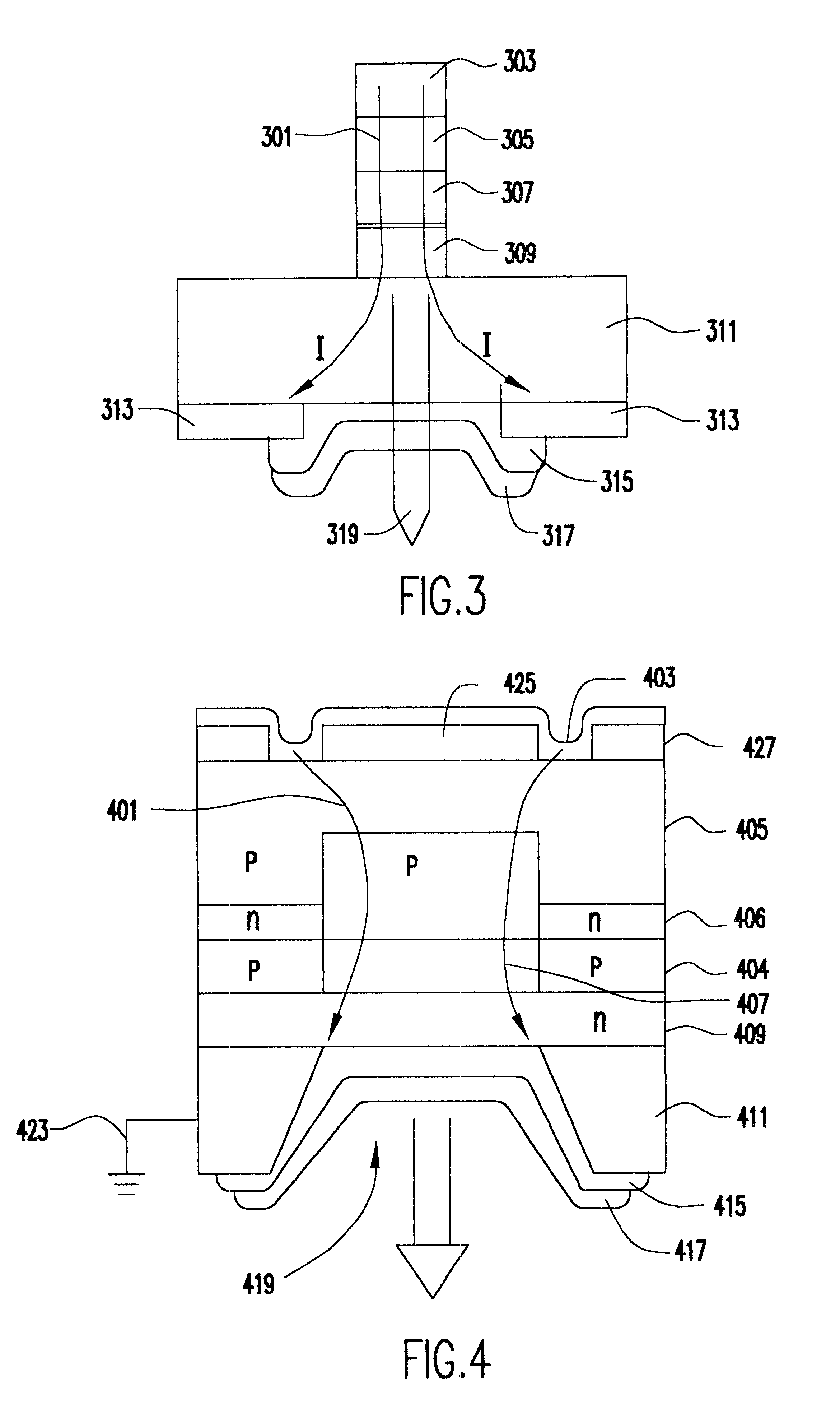Variable reflectivity mirror for increasing available output power of a laser
a reflectivity mirror and laser technology, applied in the field of lasers, can solve the problems of fixed reflectivity, reduced optical output, and complicated selection of reflectivity that optimizes outpu
- Summary
- Abstract
- Description
- Claims
- Application Information
AI Technical Summary
Benefits of technology
Problems solved by technology
Method used
Image
Examples
Embodiment Construction
The present invention employs a variable reflectivity mirror to increase the amount of available output power. Such a mirror may be implemented by using a superconducting material for the mirror. A superconducting mirror has a reflectivity of one in the superconducting state. The reflectivity of a superconducting mirror may be lowered by causing it to enter a non-superconducting state. A superconductor can be made to enter a non-superconducting state by raising its temperature using a switched heating element, an applied magnetic field using a switched coil, or a switched current to raise the operating condition above a critical level. The superconducting state can be reentered by lowering the temperature, the applied magnetic field, or current below the critical level.
With the present invention, when the mirror is in the superconducting state, the reflectivity is one and energy is amplified and built up in the cavity. When optical output is desired, the mirror is caused to enter it...
PUM
 Login to View More
Login to View More Abstract
Description
Claims
Application Information
 Login to View More
Login to View More - R&D
- Intellectual Property
- Life Sciences
- Materials
- Tech Scout
- Unparalleled Data Quality
- Higher Quality Content
- 60% Fewer Hallucinations
Browse by: Latest US Patents, China's latest patents, Technical Efficacy Thesaurus, Application Domain, Technology Topic, Popular Technical Reports.
© 2025 PatSnap. All rights reserved.Legal|Privacy policy|Modern Slavery Act Transparency Statement|Sitemap|About US| Contact US: help@patsnap.com



